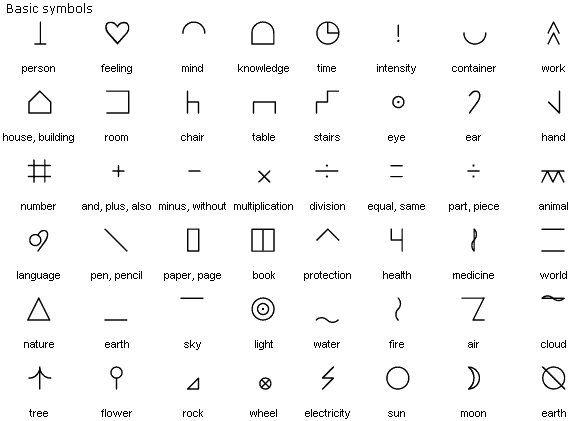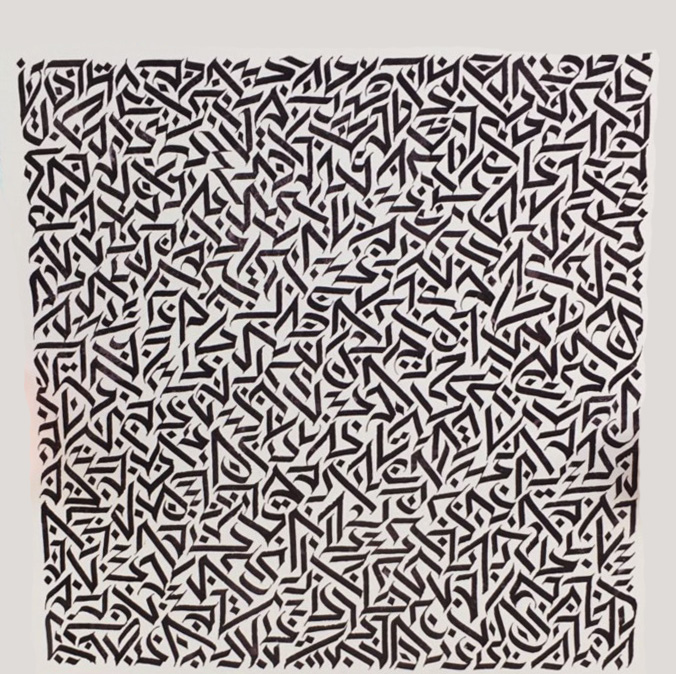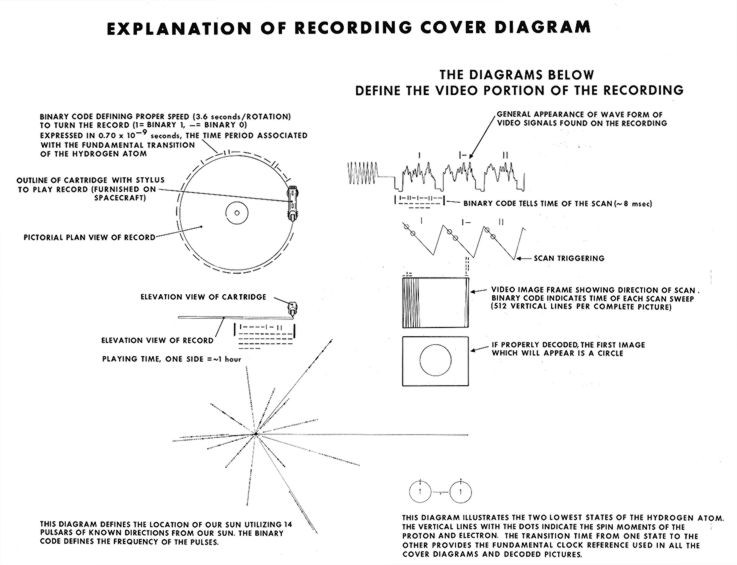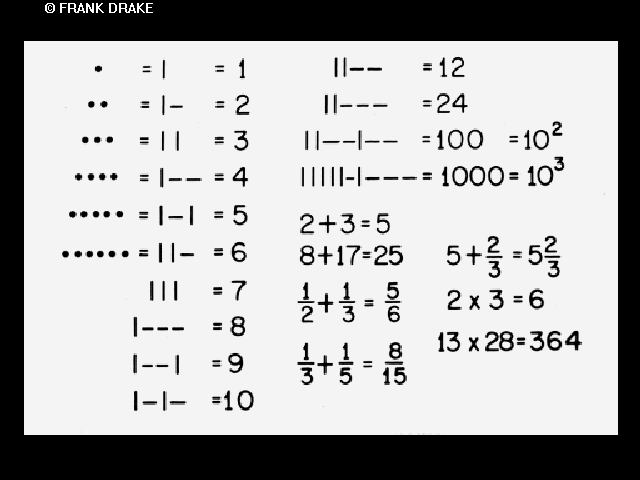Modification of communication: a single language of the future for all mankind

In February 1905, Norwegian explorer Roald Amundsen blew up the Eskimo igloo's ice needle with the help of dynamite. He did this in retaliation for the inappropriate behavior of the aborigines: having no idea of private property, the Eskimos borrowed food from the holds of the ship of the ethnographic expedition.
Amundsen himself believed that he well understood the language of the inhabitants of the Arctic. He adopted many useful skills from them: he mastered the ability to handle sled dogs, learned to build a needle, and learned the principles of survival in ice. However, the Inuit language - Inuktitut - was not so simple, and it was not always possible to agree even with an experienced Norwegian.
History knows many examples when people, not understanding each other, solved problems with open conflict. It would seem that English, as a language of world significance, the question of communication closes. But people do not leave hope to come up with a universal language, adapted to the possibilities of new technologies.
Babylonian language mixing

Map of links in the Indo-European language group
Russian, English, French, Greek and many other languages are related to each other - they all originated from a common ancestor, called Indo-European or Proto-Indo-European language. There are many hypotheses about the origin of this language, but they all agree that about 6,000 years ago there already existed a “universal” single language for many nations.
In Antiquity, the ancient Greek language was international. More than a thousand years in Europe, Latin has been used for international communication. In the Muslim world, the Arabic language played a similar role.
In the 16th and 17th centuries, Spanish was used as an international language (the language of world significance remains for five centuries). The languages of different nations, replacing each other, dominated in Europe: French, German, English.
However, no language at all times could claim the title of "ideal." The fact is that any language gives more advantages to a carrier than to a person who is forced to master it “from scratch” in adulthood.
Inventing writing

A list of 40 Wilkins clans
There are 7,000 natural languages in the world, but people continue to invent their own new languages. Some do it for fun, but many try to bring real benefits. In the book “The Search for an Ideal Language,” Umberto Eco wrote about 83 individual projects for creating ideal languages in the 17th and 18th centuries. The great work of John Wilkins “An Essay on Authentic Symbolism and Philosophical Language” stood out against the general background of research.
The Wilkins system is based on the principle of pasigraphy - it consists of a set of “building blocks” from which all possible things and concepts can be built. The proposed system had no spelling, and each symbol represented a direct “image” of a concept without a phonetic match.
The work of Wilkins remained solely a philosophical study and did not attract many supporters. However, by the 19th century, the need for transnational communication had increased in Europe, and the outdated Latin language, which did not have the necessary flexibility for conducting modern trade, military and political negotiations, could no longer play the role of a universal language.

Esperanto Alphabet
The most successful attempt to invent a universal international language can be called Esperanto, the creator of which Ludwik Zamenhof successfully used the vocabulary of major European languages and composed a grammar that is rather simple in structure. Esperanto is easy to learn, especially at the initial stage, due to simple grammar and the absence of exceptions.
According to various estimates, from one hundred thousand to two million people who speak Esperanto are now in the world, and approximately two thousand people speak Esperanto. Esperanto is actually the only artificial language that many people around the world speak.

Semagraphic system (linear graphical language) blissymbolics
This is not to say that Esperanto is unique in its own way. The concepts of “perfect” languages were not always limited to philosophical treatises only. The language of the symbolism created by Carl Bliss in the first half of the 20th century is used today in teaching people with disabilities to communicate. In symbolic, the meaning of words is used, not their construction from phonemes. The language consists of several hundred basic graphic bliss symbols representing certain concepts. When combined, these characters take on new values.

Ithkuil - an artificial language that can rightly be called esoteric. The illustration is an example of writing.
However, the “ideal” language is not always simple. For almost thirty years, the linguist John Kihado created the language of Ikfuil, which is extremely complex: it uses the lexicon of 3,600 semantic roots developed with the help of a complex, matrix-like grammar developed for the most accurate and efficient transfer of meaning. As a result, a phrase of 15–20 words on an ifcouil can be expressed in one “capacious” word.
The path to perfection
“... but about the language you are right about something. When you speak directly to him, he turns into chatter, a trick. It is the same as describing dreams with smoke signals. The language is magnificent, noble - nothing is better, probably, the human body is unable to accomplish, but you cannot turn sunset into a chain of grunting, without losing anything. Language limits. "
Peter Watts "False Blindness"
The quote very well conveys the great problem of artificial and natural languages. We use only crutches to help the lame. Language limits, and if we assume that language affects our thinking, then it becomes clear to which rigid frameworks we drive consciousness.
There is a hypothesis of linguistic relativity (the so-called Sapir-Whorf hypothesis), which assumes that the structure of a language affects the perception of the world and its carriers, as well as their cognitive processes. Thus, language determines thinking, and, accordingly, linguistic categories limit and define cognitive categories.
By the way, similar thoughts came to the creators of programming languages. Paul Graham, the founder of Y Combinator and the famous Lisp evangelist, generally stated that "typical programmers are satisfied with any language they had to use because he dictates them how they should think about programs."
The developer of Yukihiro Matsumoto, the creator of Ruby, said that one of the sources of inspiration for the development of his language was Samuel Dilani’s science-fiction novel Babylon-17, based on the Sapir-Whorf hypothesis. In the novel, the writer demonstrated the beauty of a fictitious analytical language, which makes it possible to speed up thinking through the presentation of the world using clear schemes.
Language is a natural cell for our thoughts, emotions and feelings. But, in addition, he has another significant limitation: he must be taught. Learn the rules, remember the words, understand the grammar - all these requirements affect our overburdened brain.
Over time, the creators of artificial languages came to understand that a universal language must meet one requirement — it does not need to be taught. And this means that the language should be pictographic, based on the use of iconic signs. There are very rare pictographic languages - for example, transcendental algebra and paleneo. There are also those that we meet every day - systems of road signs and emoji. Perhaps it is in this direction that the language of the future will develop - with pictograms that decompose meaning into its component parts.
Communication with aliens

Binary way to communicate with aliens
While working on the film “Arrival,” director Denis Villeneuve turned to scholars Stephen and Christopher Wolfram for help. Stephen took over the alien ship, and his son Christopher was tasked with analyzing and writing code for a fictional non-linear, visual language in which the aliens could communicate.

View of the disc from the "Pioneer"
Tungsten made the assumption that not all mathematics is suitable for the role of a universal language. A part of mathematics is closely connected with our history and our perception of the world, which calls into question the possibility of adequate interplanetary communication. Proceeding from these considerations, it was an error to send the scheme of the spectral line of hydrogen created by Karl Sagan on the Pioneer probe. Aliens simply would not understand our conclusions. Instead, it might be worthwhile to focus on single and binary sequences.

What you see in the picture above is not a designer’s fantasy, but the work of absolute real software created by Wolfram to form a base of famous words and concepts drawn from a form as part of an alien logogram. The logogram (a circle that looks like a stain from a cup of coffee) is split into 12 elements when deciphering. Each section is part of a simple or complex sentence. Thus, simple pictograms are also at the heart of the alien language.

As we remember, in practice, aliens are offered to communicate in a somewhat different way. On board the "Voyager" is a plate with the emission scheme of a hydrogen atom to obtain metric and time units, as well as a map of pulsars, on which the position of the Sun in the Galaxy is marked.

Scientists also tried, with the help of Voyager, to give the aliens an idea of our vocabulary. The numbers were determined by relating binary and Arabic characters and groups of points. Using the hydrogen scheme, the authors determined the units of weight, length, and time.
Do our ideas about the capabilities of the aliens help to establish contact with them? The answer to this question is impossible to give. But experiments on the creation of an interplanetary language can help us develop the rules for communication within a civilization that has begun its expansion into space.
Future communication

Among many other innovations of the 21st century, one of the most important is new forms of communication. It became instant, long-distance and international. Robotics, virtual reality and extraordinary scientific innovations expand our communication capabilities with all five senses. Breakthroughs in biology and neuroscience open up diverse possibilities - for example, we can already connect the brain to a computer and transfer our thought to the network.
In the future, the language will undergo a transformation, potentially far beyond the forms that we thought about earlier. Even such immutable things as intimate relationships between people will change: we can transmit sensations via the Internet through sensory sensors covering literally the whole body between two or more people in real time. Various “smart” devices imitate the sensations of physical touch with amazing accuracy - you can hear the partner’s pulse or feel a kiss from thousands of kilometers apart.
Instead of just sending a smiley to the other person, you can shake his hand remotely. You know, sometimes instead of a thousand words, you just need to hug a person - and with the help of touch devices you can do it in any place where you are.
Advances in neuroscience and biotechnology also offer hope that we can exchange emotions on the web at once. Why speak some words or rush annoying emoticons, if you can immediately tell the other person how you feel? Emotion is probably the most universal language of all that exists - every person is able to experience anger, joy, or sadness.
We are rapidly approaching the point at which communication in the network becomes easier and more understandable than communication in real life. Moreover, it is not necessary to communicate with another person. Your contact in the hyper-realistic version of ICQ may be IBM Watson. People will communicate with machines, be friends with robots and even love robots. In this world, perhaps, everything will be clear without words.
Conclusion
If “perfect” means clear and unambiguous, then building an ideal language means consciously cutting off the entire expressive range. An ideal language is immensely boring in the first place — it is not the language of Pushkin, Dostoevsky, Shakespeare or Balzac. It can not say anything new and interesting. He is not able to surprise you. He will not give you new unique ways to look at the world.
Perfect language allows you to quickly share information - and no more. The richness and expressiveness of the language lies in its history, evolution, borrowing, rules and exceptions. Ultimately, the imperfection of an imperfect language allows us to modify it depending on our own tasks, goals, fashion and mood. No artificial language can show such flexibility in adaptation.
All this does not mean that the language can not be modified. On the contrary, technology gives us the opportunity to complement existing channels of communication. Even an ideal language is not able to reflect everything that happens to us or around us. Direct exchange of emotions, feelings, any information passing through the perception of the body as a material object with physical properties, takes us to a new level of communication - with people, smart devices and the artificial intelligence itself.
All Articles